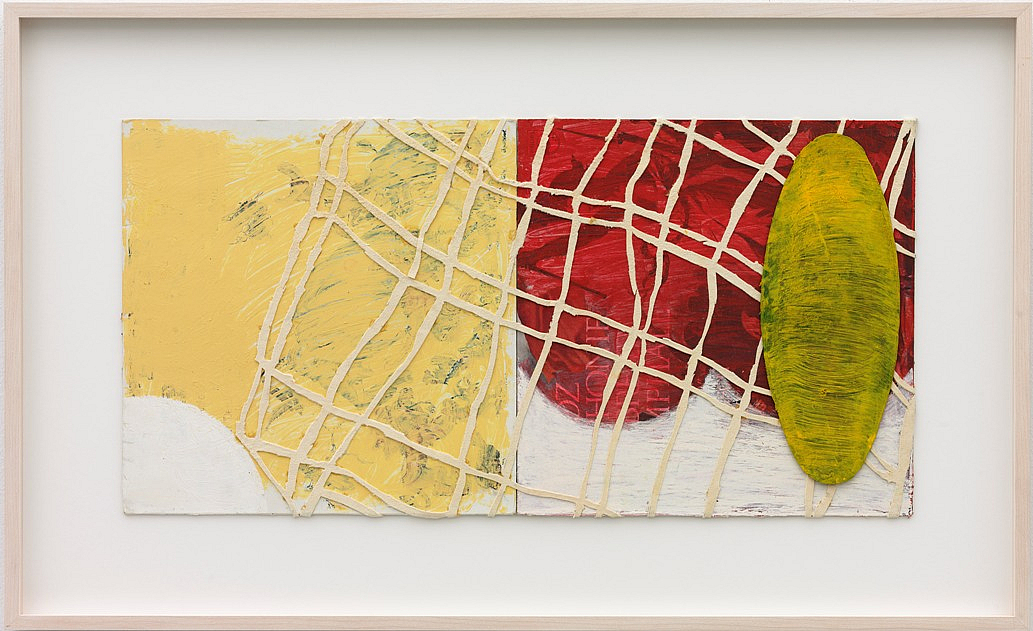Concurrently with the exhibition of his recent paintings at the Stedelijk Museum Amsterdam, De Pont will be showing the studies and works on paper by Toon Verhoef (Voorburg, 1946). Although this is the first exhibition of Verhoef’s work to be held at De Pont, he has been represented in the collection for quite some time with, among other works, two large paintings. Now roughly fifty recent works on paper and several earlier drawings will be shown.
An extensive catalogue containing texts by Rudi Fuchs, Christel Sauer and Toon Verhoef will be published jointly by De Pont, the Stedelijk Museum and Galerie Onrust.
Those who are familiar with the paintings of Toon Verhoef will be surprised by the size of the works on paper. Unlike the canvases measuring several meters in height, the drawings and collages are small enough to be held in one hand. Nonetheless, these little studies and experiments–strikingly unconstrained and tentative–often serve as the basis for the large paintings with their austere forms and vast areas of color. Verhoef uses different materials, on which and with which he produces his studies. On a background of paper or cardboard, he works with cut-out photographs, scraps of paper and all sorts of paint. Two works that have recently been added to De Pont’s collection have been made on album covers. Onto one of these, Verhoef has pasted a number of combs, a motif that can often be seen in his paintings as well.
In the making of these works Verhoef wishes to be surprised as much as possible by coincidence. He follows no predetermined course but looks at that which emerges, as it were, from the forms, colors and materials. Occasionally these results can then lead to compositions for paintings. But the works on paper should not be regarded merely as design sketches for the paintings. They are also independent works with an individual character. For it is precisely the ‘impossible’ combinations of materials that give rise to the surprises, whereby a casual sketch suddenly becomes a feasible idea. Verhoef refers to this process of improvising and transforming as a form of ‘wishful thinking’. As such, the works on paper grant us a glimpse into the artist’s realm of ideas and his intuitive search for forms of expression and imagery.
